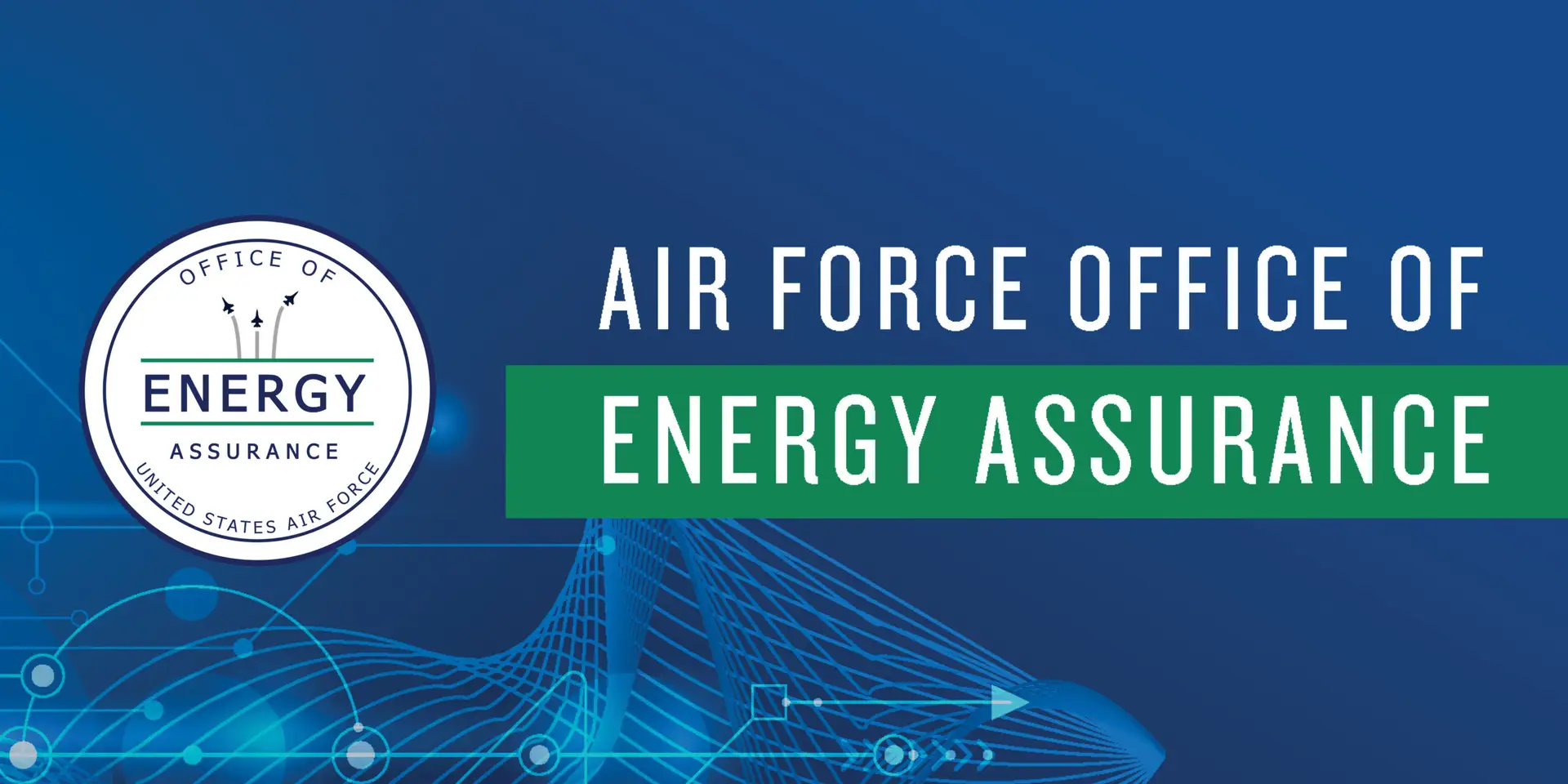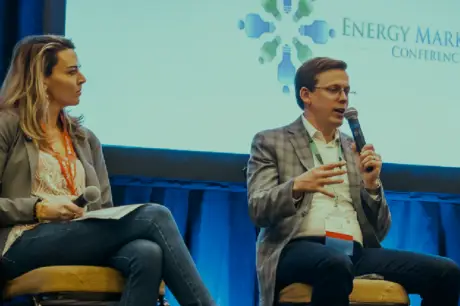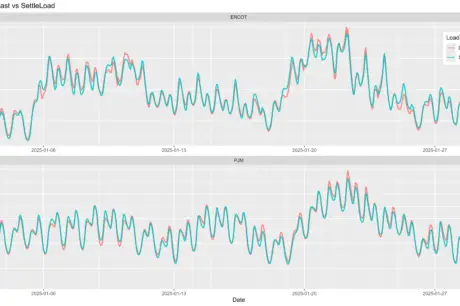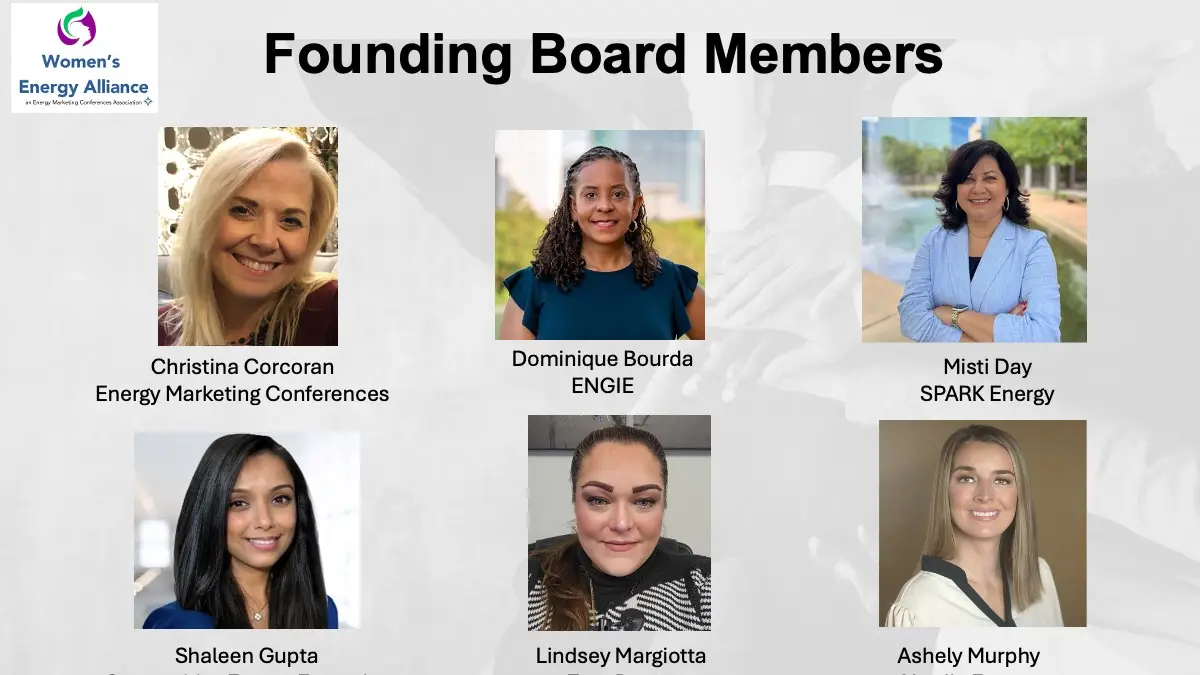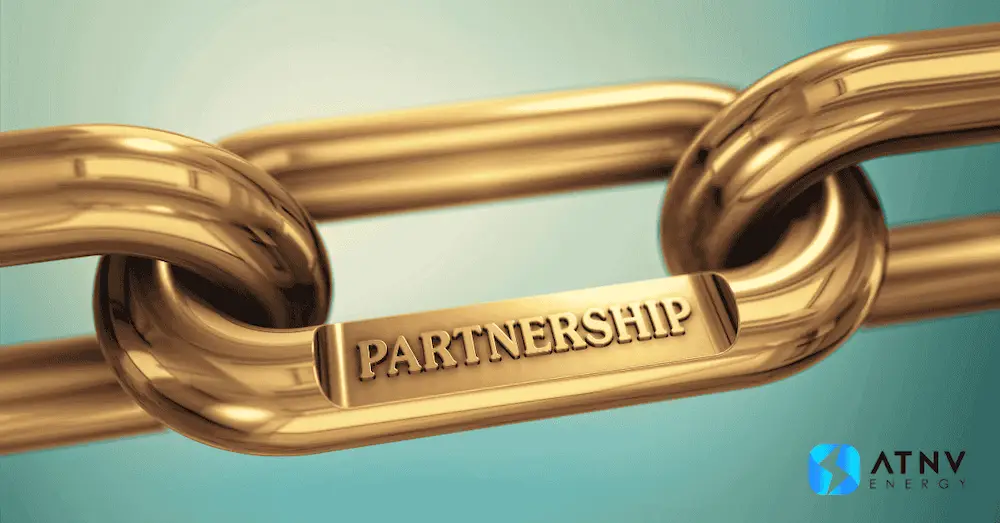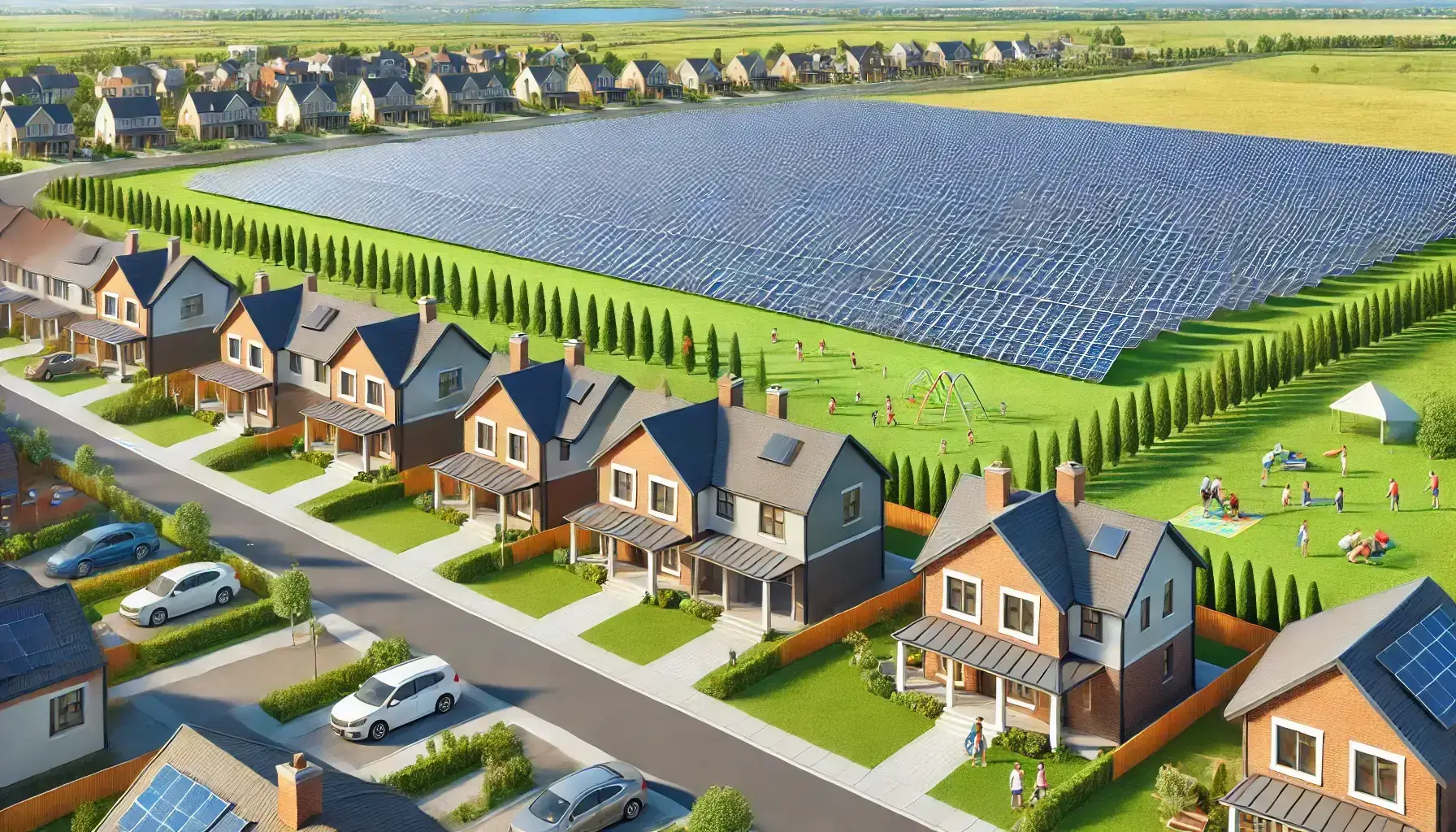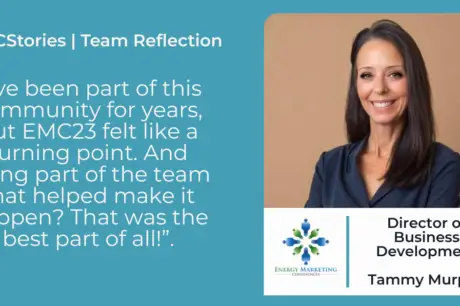In today’s changing security landscape, the Department of the Air Force (DAF) strives for new and effective ways to ensure that installations are supported with uninterrupted power and water supplies. The Air Force Office of Energy Assurance (AF OEA) leads these efforts by driving forward strategies and initiatives that accelerate the process of improving installation energy resilience throughout the DAF’s 188 installations. To that end, AF OEA has begun increasing the scale of resilience projects and partnering with industry in a way that provides speed of production and mutual benefit to all partnering affiliates.
Scaling Up Resilience Solutions
Past efforts providing resilience solutions, while effective, have been restricted by the limitations of government accounting, which typically favors an even expenditure of funds year to year. In order to accelerate the timeline of these benefits, AF OEA has begun building larger, utility-scale projects that address multiple energy resilience gaps simultaneously—benefits that can apply to entire installations, rather than building-by-building improvements. These larger projects are less costly to develop than similar efforts done across a longer timeline, though they shift the costs to earlier in the project development timeline.
Third-Party Financing: Overcoming Financial Barriers
AF OEA has begun partnering with industry to assist with the upfront cost that come with larger projects and reduce the burden on DAF Energy Resilience Conservation Investment Program (ERCIP) and Military Construction (MILCON) budgets. These partnerships are meant to be multi-faceted; by scaling projects beyond what is strictly necessary to meet the resilience goals for an installation, AF OEA is able help willing partners build a sound business case for the project and reach some of their own long-term goals for cleaner energy. In partnering, third-party financers can take advantage of local, state, and federal incentives (like renewable energy credits or tax credits) not available to the Air Force, which can help bring down the costs of third-party financed projects.
Energy-as-a-Service: A New Pilot for Partnering
One such partnership the DAF is piloting is a $10 million Energy-as-a-Service (EaaS) performance contract that will provide energy at Hanscom Air Force Base in Massachusetts. This pilot, which is supported by AF OEA and partnered with the Consortium for Energy, Environment and Demilitarization and its members, Eversource and Ameresco, marks the first-ever effort to adopt an EaaS business model.
The goal of this EaaS pilot is deliver reliable and resilient energy to installation mission owners more cost-effectively than is done through current DAF energy management and procurement approaches. The EaaS approach encompasses commercial energy supply procurement, distribution, on-site generation, and load management. Rather than prescribing technologies, the emphasis is on delivering the desired service level by giving the contractor authority to optimize across the installation energy delivery chain to minimize costs and maximize savings. They may also own and upgrade equipment and make changes to a building envelope to lower energy demands, increasing resilience.
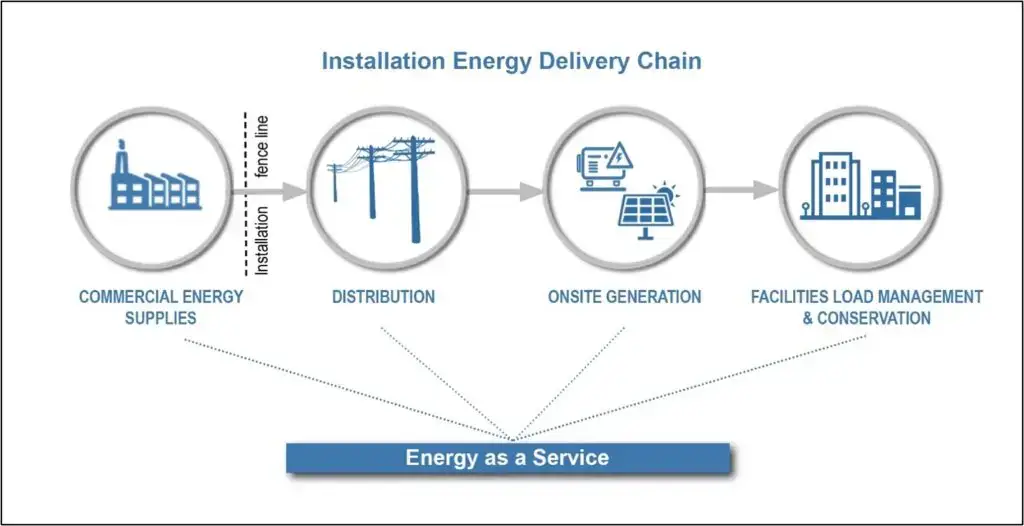
The pilot will span three years: a design-build phase, a year-long operational phase, and conclude with an evaluation phase. If successful, it may be replicated at other Air Force installations.
The Future of Air Force Energy: Viewing Innovation Through the Lens of Resilience
The EaaS business model is just one example of how the DAF is looking to adopt innovative approaches to reach resilience goals. At AF OEA, we continue to look toward the horizon for new business practices, new technologies, and new ideas on energy resilience that can aid us in our efforts, and we maintain an open Request for Information (RFI) on SAM.gov to foster the sharing of those ideas. As leaders in energy resilience, we want industry partners to connect with us and work together to reach our goals. Together, let’s leverage our collective ingenuity to make energy resilience stronger, keeping our missions on track for years to come.
By: Kirk Phillips, Director, Air Force Office of Energy Assurance.

